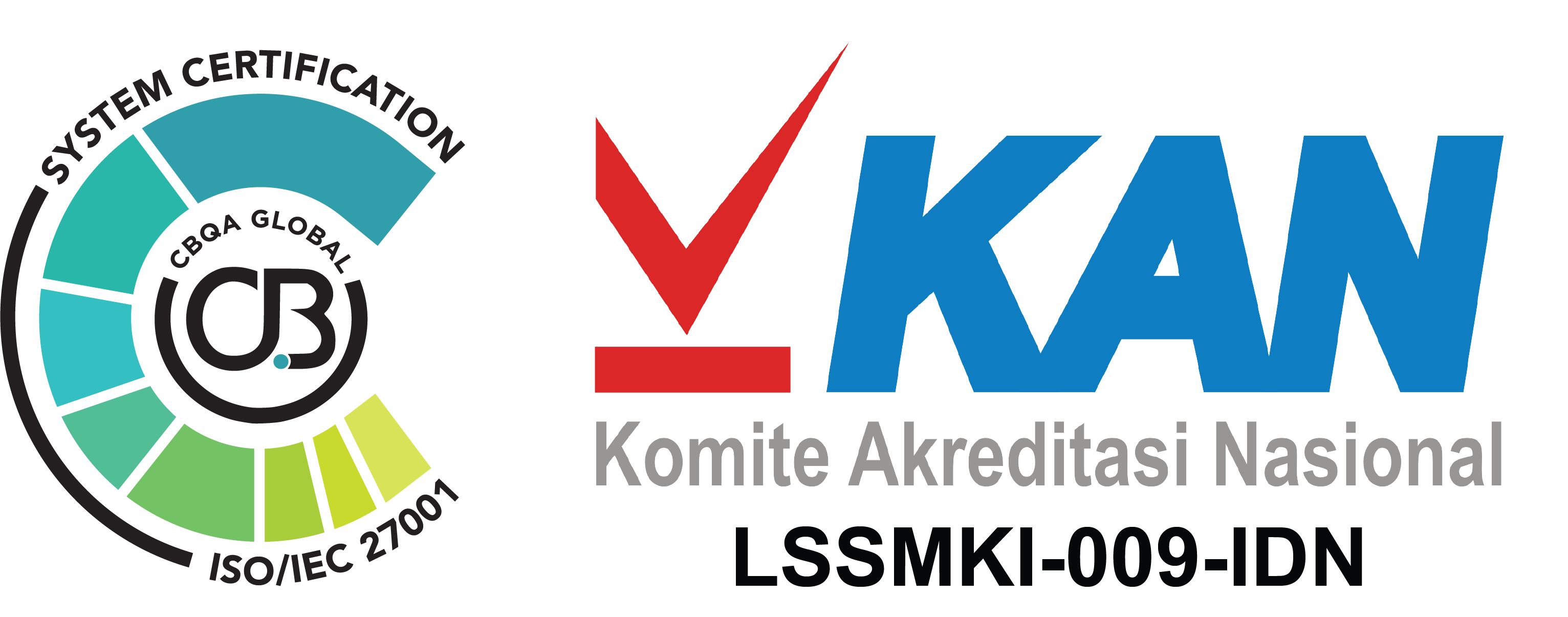Today’s Outlook:
• The S&P 500 hovered near the flatline on Thursday, putting its three-day winning streak at risk. The benchmark has been on a tear this week after the Trump administration and China hammered out a temporary suspension of their tit-for-tat tariff dispute. The broad market index inched up 0.05%, while the Nasdaq Composite lost 0.3%. The Dow Jones Industrial Average added 68 points, or 0.1%. Traders also assessed the state of the economy on Thursday, with an unexpected decline in wholesale prices last month. The producer price index for April declined 0.5% month-over-month, the Bureau of Labor Statistics said. Economists polled by Dow Jones forecast PPI would increase 0.3% on the month. Retail sales increased 0.1% in April, which matched consensus estimates, while industrial production numbers for April decreased slightly more than expected.
• FIXED INCOME AND CURRENCY: U.S. Treasury yields moved lower on Thursday as investors digested a cooler-than-expected inflation reading. The 10-year Treasury yield declined by more than 6 basis points to 4.463%, and the 2-year Treasury yield fell by more 6 basis points to 3.984%. The decline in yields came as the April reading for the producer price index showed a surprising drop in wholesale prices. The PPI for final demand fell 0.5%. Economists surveyed by Dow Jones were expecting an increase of 0.3%. Other economic data on Thursday, including initial jobless claims and retail sales, came in largely as expected. Earlier this week, investors were buoyed by a tame inflation reading on Tuesday, with consumer prices rising at a slower pace than economists had expected. Inflation increased by 0.2% in April, excluding food and energy, below the consensus forecast of 0.3%. The dollar index, which measures the U.S. unit against six other currencies, dipped 0.1% to 100.85, but on course to eke out a 0.4% gain for the week. Even so, the index is down nearly 7% in 2025. U.S. President Donald Trump’s aggressive and erratic trade policies have rattled investors’ confidence in the dollar, leading to a sharp fall in U.S. assets. Although stock markets have recouped April losses, the dollar remains under pressure. Safe-haven currencies gained with the Japanese yen strengthening 0.6% to 145.94 per dollar after having touched a one-month low of 148.65 this week. The Swiss franc firmed 0.5% to 0.8384 versus the dollar. The euro tacked on 0.2% to $1.1192.
• EUROPE: The European Stoxx 600 is up 1.58% as we hit midday in London, pulling above most other sectors. Germany’s Hensoldt is among the top movers, up 6.4%. Investors may be looking to comments by German Foreign Minister Johann Wadephul, who has backed U.S. President Donald Trump’s call for NATO members to up their defense spending targets to 5% of their individual GDP. Additionally, European data releases on Thursday showed some bright spots, with employment rising 0.3% in the euro zone in the first quarter of 2025 — the strongest rate for a year — and seasonally-adjusted industrial production up 2.6% month-on-month in March. The rate of growth in the euro zone economy for the first quarter was revised to 0.3% from a preliminary reading of 0.4%.
• ASIA: Asia-Pacific markets mostly fell Thursday, breaking ranks with Wall Street as investors assessed U.S.-China trade developments. Japan’s benchmark Nikkei 225 fell 0.98% to close at 37,755.51, while the Topix lost 0.88% to end the trading day at 2,738.96. South Korea’s Kospi declined 0.73% to close at 2,621.36 while the small-cap Kosdaq slipped 0.79% to close at 733.23. Hong Kong’s Hang Seng index dropped 0.82%, while mainland China’s CSI 300 lost 0.87%. India’s Nifty 50 slipped 0.16%. While markets have largely priced in peak tariff-related macro stress, remain wary of a second wave of volatility, this time driven by fiscal policy uncertainty and weakening U.S. hard data.
• COMMODITIES: Gold prices erased early losses to steady on Thursday, helped by a weaker dollar. Gold price was little changed at $3,179.07 an ounce, after hitting its lowest since April 10 earlier in the session. U.S. gold futures fell 0.3% to $3,179.20. The U.S. and China this week agreed to temporarily slash harsh reciprocal tariffs, de-escalating a trade war and denting demand for gold as a safe haven. Investors also monitored economic data on retail sales and inflation, as well as Federal Reserve Chair Jerome Powell’s speech. Oil prices fell sharply on Thursday on expectations that the U.S. and Iran may soon reach a deal over Tehran’s nuclear program. Global oil prices last seen trading 3.2% lower at $63.99 a barrel, paring some of its earlier losses. U.S. West Texas Intermediate futures, meanwhile, stood at $60.98, down 3.4% for the session. President Donald Trump said the U.S. was getting close to securing a nuclear deal with Iran. OPEC producer was ready to sign a nuclear deal with certain conditions in exchange for the lifting of economic sanctions. The prospect of a U.S.-Iran nuclear deal is expected to have profound implications for oil markets.
• The JCI closed successfully breaking the psychological 7000 mark, up +0.86% to 7040.16 and the LQ45 index which represents the Indonesian market dominated by more liquid stocks rose +1.19% to 796.42. Managed to hang on to 7000, next test MA200 at 7141. The rally in the last two days was supported by foreign inflow, where the rise in big banks – JCI was also reflected by inflow into stocks such as BBRI and BMRI. However, due to the short weekend, it is advisable to take partial profit to maintain cash level in the portfolio.
Company News
• BBCA: BCA Abruptly Stops IDR 1 Trillion Share Buyback
• TOTL: Dividend 96.3 Percent of Profit 2024, Here’s the Schedule
• HRUM: First Quarter of 2025 Recorded a Profit of USD5.56 Million
Domestic & Global News
Revised Regulation of the Minister of Trade 8/2024 on Imports Has Been Completed
China-US Sea Cargo Orders Surge after Tariffs Cut
Download full report HERE.

